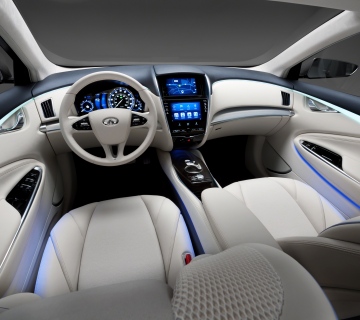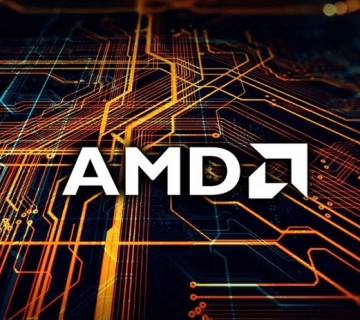Traditionally, flash storage was nothing but a holy grail – a pipe dream or sorts. Flash storage was reserved for super-companies with massive IT budgets that included millions upon millions of dollars reserved for testing and implementing new, lightning fast storage technology. Fortunately, flash storage visionaries arrived on the scene and developed a way for mid to large-sized companies, all the way up through the enterprise to utilize flash storage in their array systems, and without breaking the bank. These companies are popping up all over Silicon Valley in hopes of completely transforming the way companies use array systems. Last year saw a complete re-imagining of flash-based storage array systems.

Image Credit: Rochellesinger at commons.wikimedia.org
The New Era of Flash Storage
Historically, storage arrays have been comprised of hard disks. But this mechanical disk technology is starting to run its course. Now, with companies like Pure Storage, SSD technology is more accessible than ever. There are a few things that contribute to this. In the case of Pure Storage, their flash-based components were built from the ground up, which resulted in a 100 percent flash-based product. They were able to keep costs low by using lower-tiered MLC components. As a result, companies can have all the benefits of SSD storage at HDD prices.
Why SSD Rules the Roost
· Faster read/write times
· Longer device lifespans
· Elimination of defragmentation tasks
· No more mechanical failures
· Noise elimination
· Eco-friendly
More About Flash Array Benefits
· Availability & Scalability – The majority of flash-based array systems out there are built from the ground up to ensure highest levels of availability and powerful scalability features. This means that redundancies within the array system are minimal or non-existent, and that scaling the system up or out is seamless with easy-to-use, swappable nodes. While not every manufacturer offers this level of HA and scalability, they are out there and in rich supply.
· Benefits of Deduplication & Compression – This really is where the magic happens. Dedupe and compression technology was originally utilized with sophisticated backup systems to save extra space on storage devices. The problem is that this is a terrible way to manage data on a hard disk system, since the read/write processes are linear dedupe and compression processes can cause all sorts of hardware issues. However, this isn’t the case for flash-based arrays. In fact, deduplication actually improves performance and read/write speeds all across the array. This is what really allows organizations to save money with flash storage.
In the past, the only thing hindering flash storage from really taking off was price. Now that the price has gone done pretty significantly, flash storage is found in everything from smartphones to laptops and tablet PCs. Now, it’s being used in storage arrays to significantly boost performance and increase levels of availability. As long as manufacturers can continue to keep prices down, there’s no reason why we wont see a massive adoption of flash-based arrays in the coming years.


